Ocean Articulated

Side table. SE, 2022.
Ocean Articulated began as a study of the long-term material cycles embedded in the landscape of Northern Switzerland—specifically the High Rhine region, where gravel, sand, and deep layers of salt coexist as remnants of vastly different temporal events. The salt, formed between 60 and 250 million years ago through the evaporation of a prehistoric sea, now lies beneath sediments left behind by glacial erosion some 25,000 years ago. This layered geography tells a story not just of geological processes, but of time experienced on a scale that far exceeds human perception. It reminds us that what we often treat as “raw materials” are in fact slow accumulations shaped over spans of time that render human history momentary and contingent.
The project emerged from a desire to relate to these materials not only as resources, but as agents shaped by deep time and now entangled in the pressures of contemporary extraction. Sand, for instance, is globally overexploited—used primarily in construction, where it becomes locked in concrete and rendered unrecoverable. Even though Switzerland has an abundance of sand due to Alpine erosion, its availability on a global scale is diminishing, with enormous ecological and logistical costs. Ocean Articulated asked whether it was possible to use sand not as an expendable input, but as a cyclical, reusable material—one whose properties could be highlighted, rather than erased, in its transformation.
Ocean Articulated began as a study of the long-term material cycles embedded in the landscape of Northern Switzerland—specifically the High Rhine region, where gravel, sand, and deep layers of salt coexist as remnants of vastly different temporal events. The salt, formed between 60 and 250 million years ago through the evaporation of a prehistoric sea, now lies beneath sediments left behind by glacial erosion some 25,000 years ago. This layered geography tells a story not just of geological processes, but of time experienced on a scale that far exceeds human perception. It reminds us that what we often treat as “raw materials” are in fact slow accumulations shaped over spans of time that render human history momentary and contingent.
The project emerged from a desire to relate to these materials not only as resources, but as agents shaped by deep time and now entangled in the pressures of contemporary extraction. Sand, for instance, is globally overexploited—used primarily in construction, where it becomes locked in concrete and rendered unrecoverable. Even though Switzerland has an abundance of sand due to Alpine erosion, its availability on a global scale is diminishing, with enormous ecological and logistical costs. Ocean Articulated asked whether it was possible to use sand not as an expendable input, but as a cyclical, reusable material—one whose properties could be highlighted, rather than erased, in its transformation.
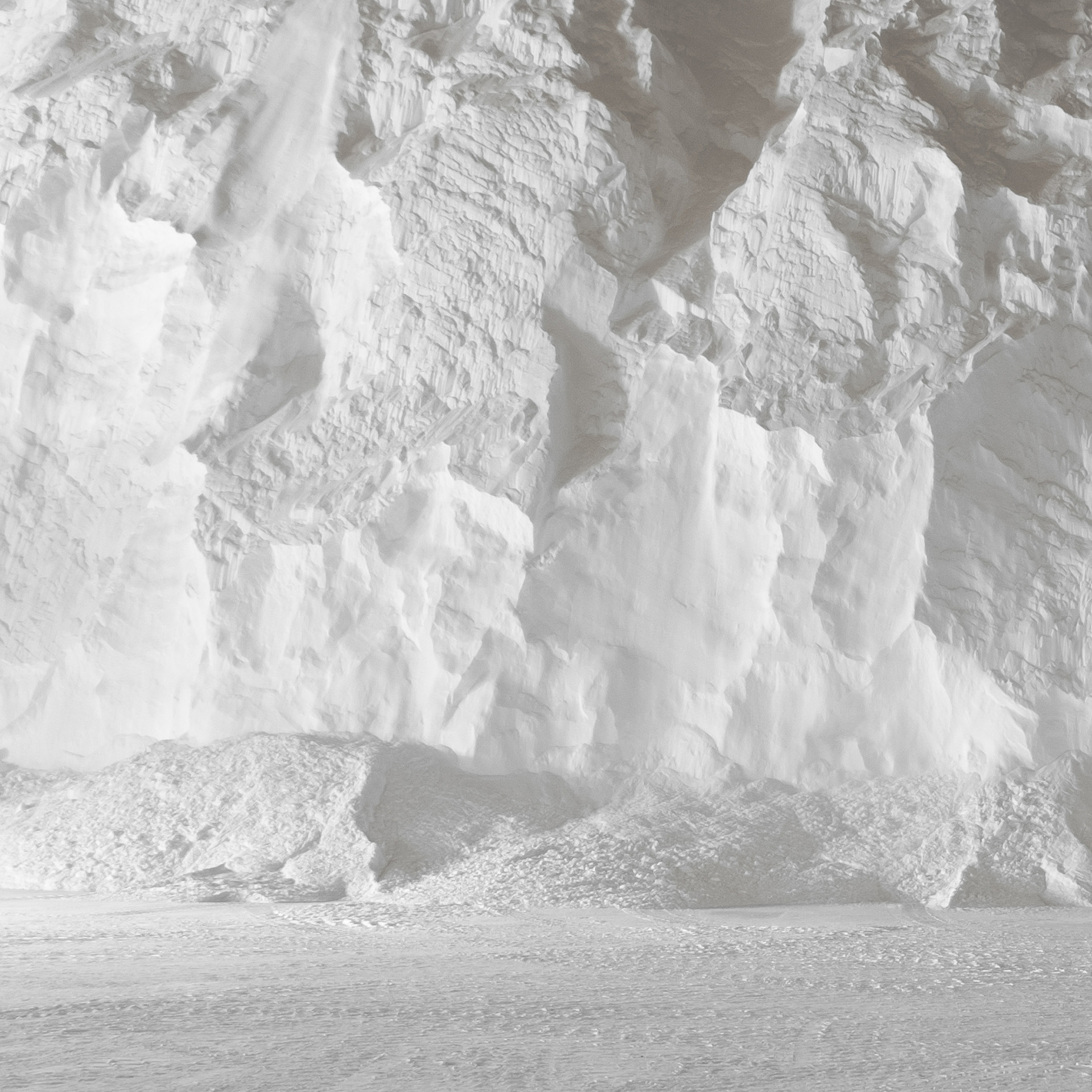
Salt Hill Saline Riburg. SE, 2021.
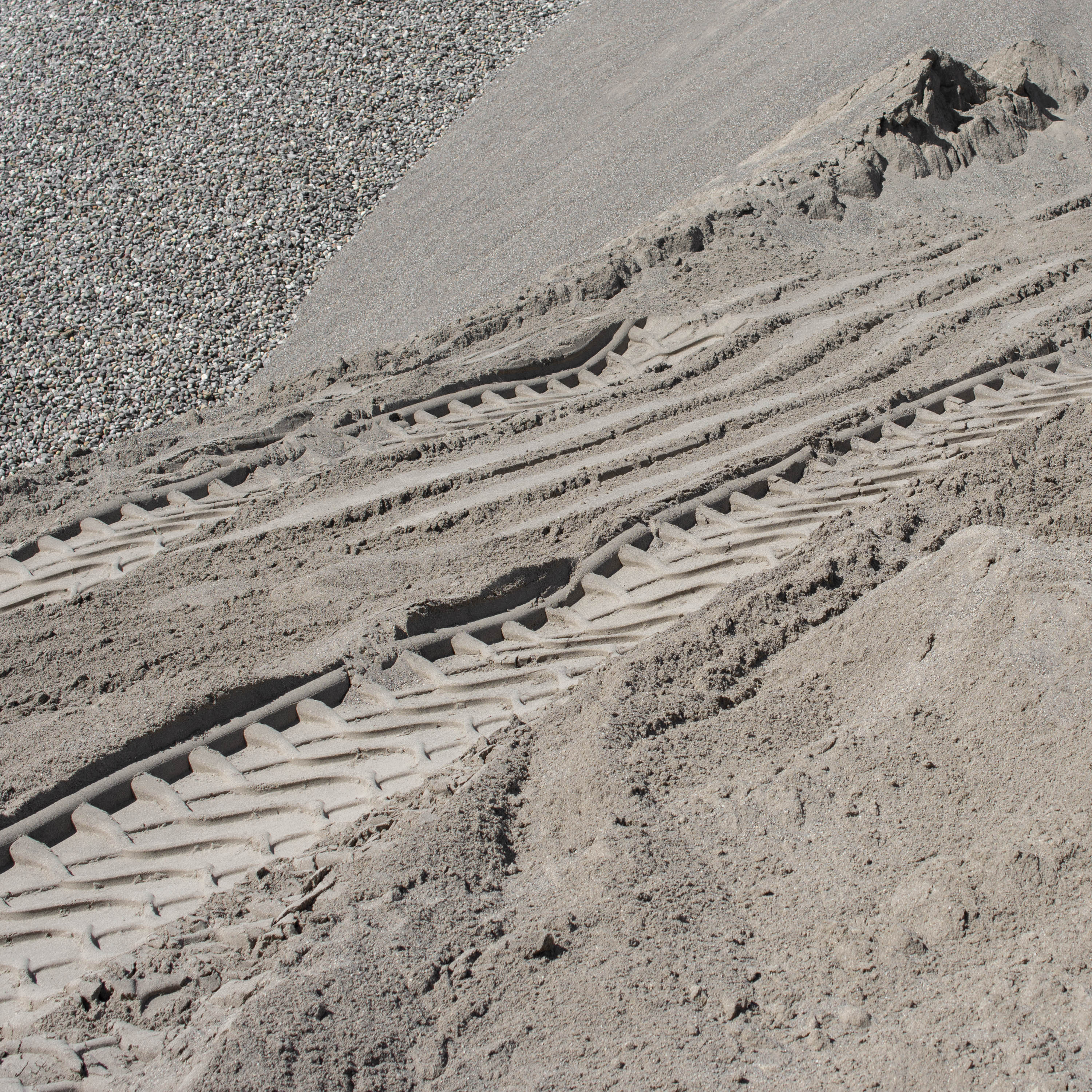
Washed Sand. Quarry Stadel. SE, 2022.

Site geology.

Places of extraction.
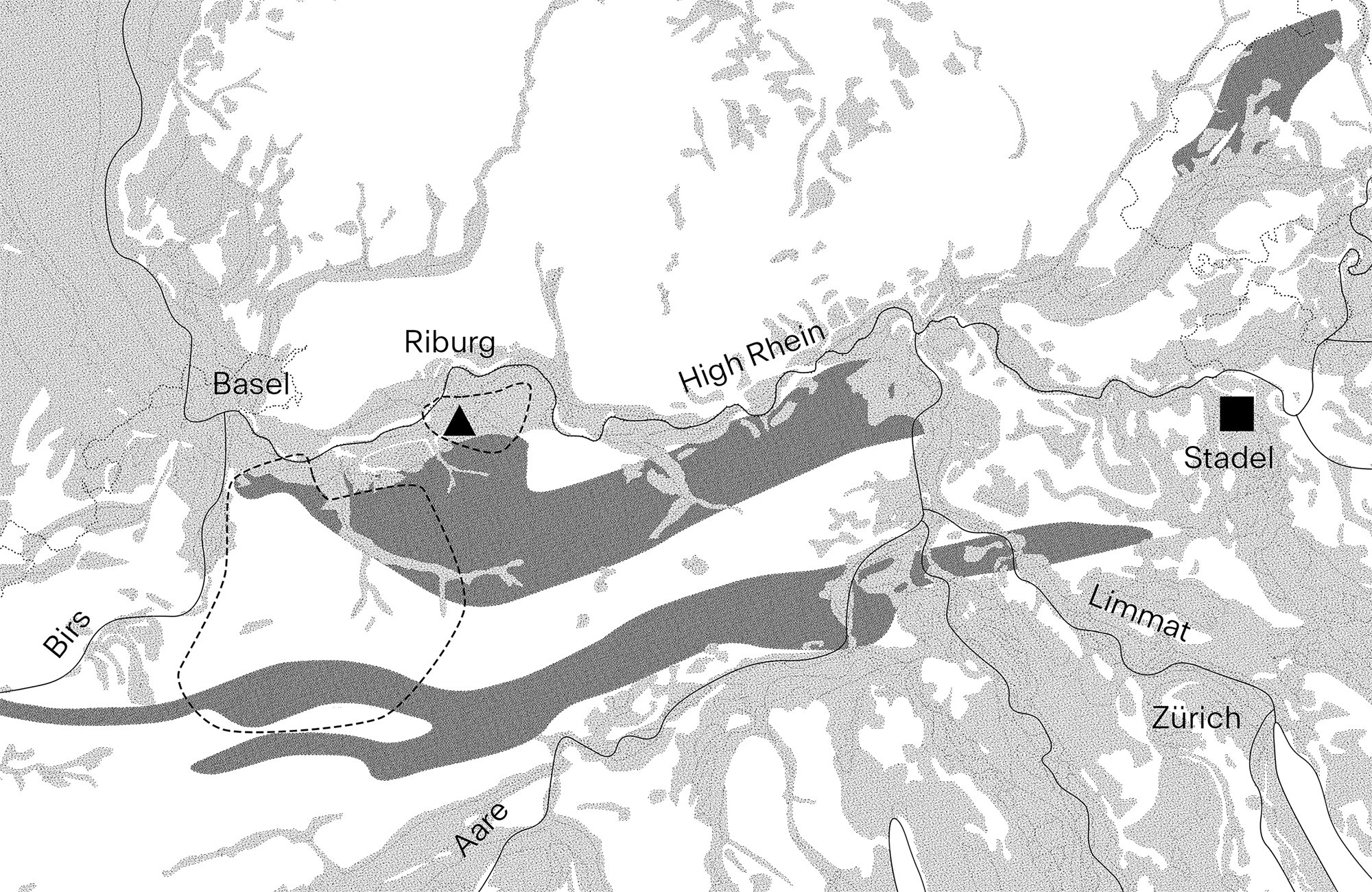
High Rhine area.
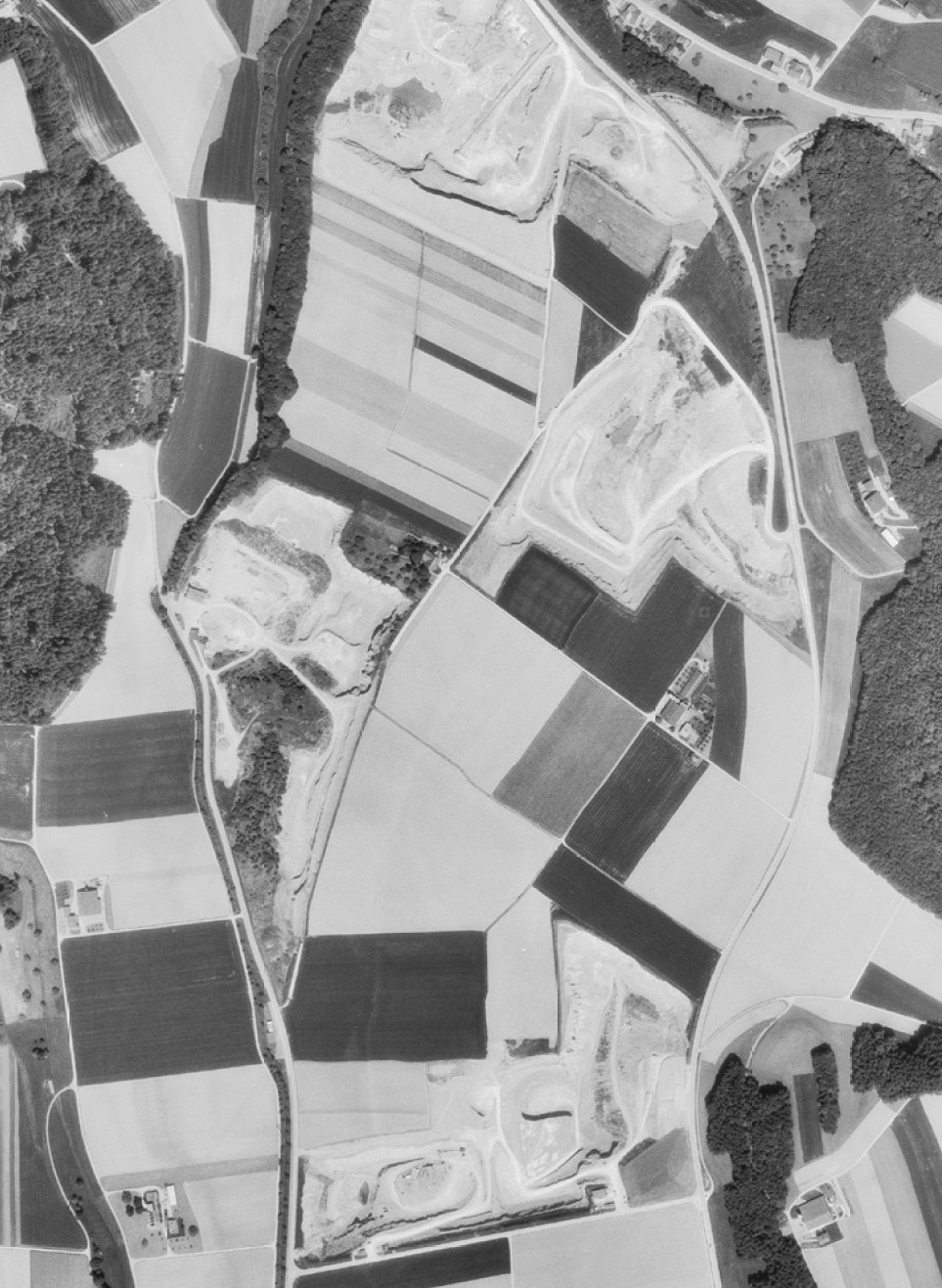
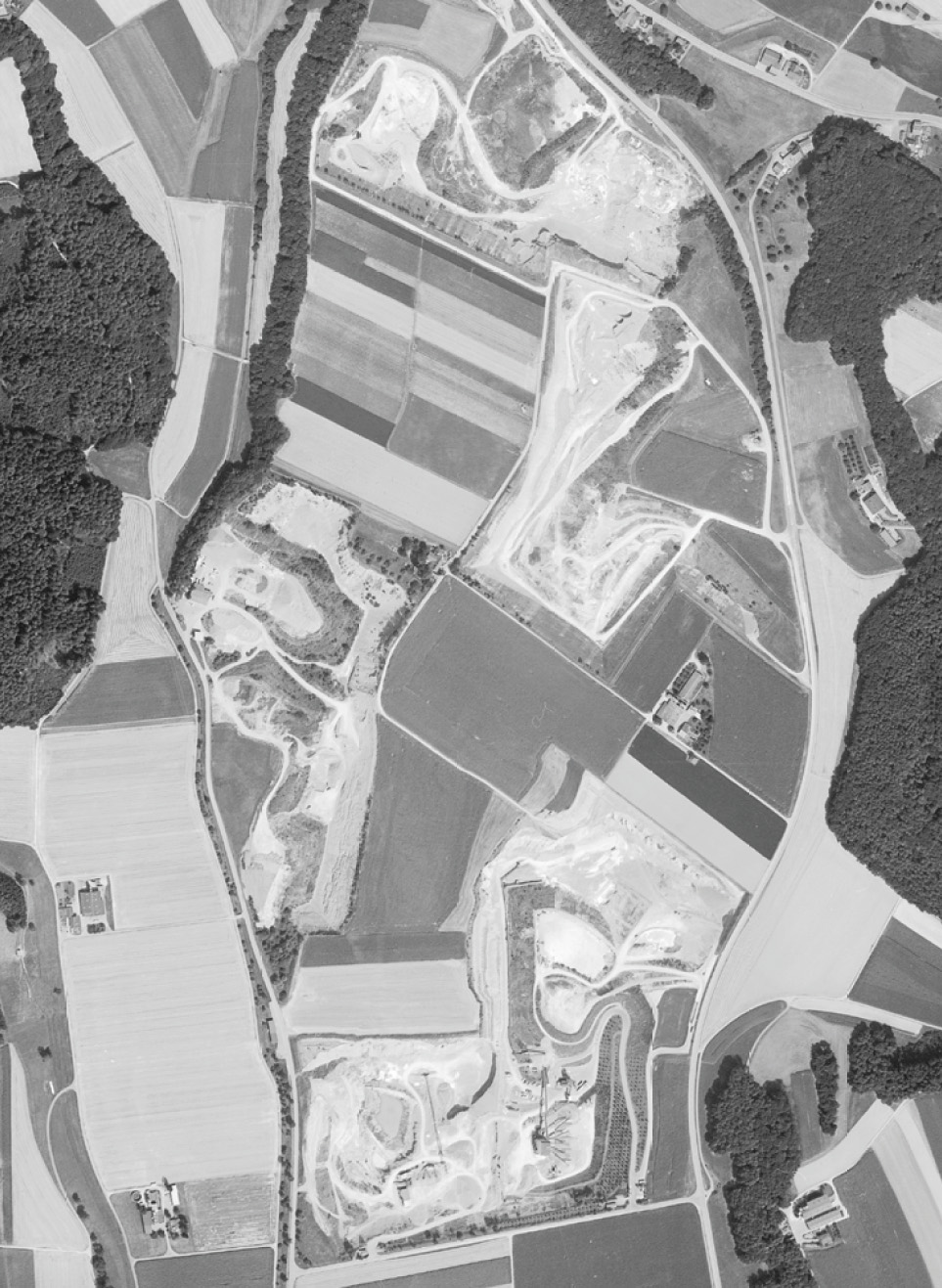

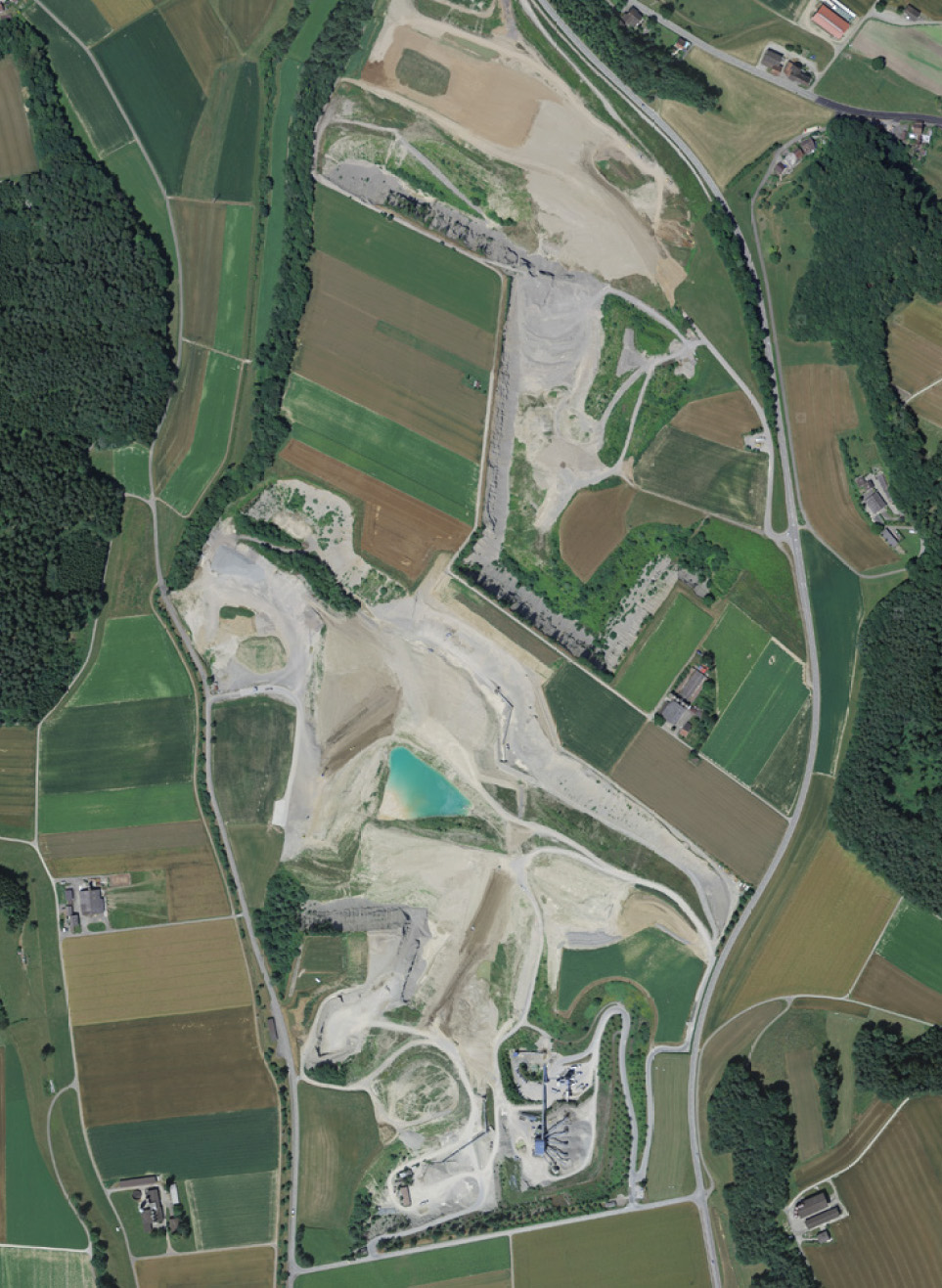


To explore this, a material system was developed using local sand and salt, bound together with a plant-based binder. Salt, typically considered a passive mineral, was here activated as a binder in its own right. This choice was informed by historical precedents, such as road-building techniques in Namibia and salt-mud houses in the Siwa Oasis of Egypt, where salt’s adhesive properties were used to stabilize earthen constructions. After iterative testing, a mixture was created that achieved a compressive strength of 15.6 MPa—well within the range required for structural applications.

Material experiments. SE, 2021.
Rather than using conventional industrial casting methods, the project employed a sand casting process typically associated with metalwork. The same sand used in the mixture also formed the moulds, allowing for a closed-loop system in which material and form were intertwined. This method supports additive layering, enabling complex geometries such as cantilevers, while preserving the texture and granularity of the material itself. Each cast is singular, shaped by the conditions of its formation. The result is not an identical reproduction, but a form of material iteration—each object a unique negotiation between intention and material response.
The series of produced forms—stools, tiles, pedestals—serve as both functional structures and as arguments for another kind of material thinking. The works are temporary by design. They can be easily dissolved—by natural decomposition or by the simple addition of water—returning to salt and sand. This reversibility is central to the project’s logic: the aim is not durability for its own sake, but the possibility of unbuilding, of acknowledging the temporariness of human interventions in material systems that extend far beyond our lifetimes.
Ocean Articulated proposes a shift in how we relate to matter—not just as users or extractors, but as participants in a much longer continuum. It suggests that designing with geological awareness means not only understanding where materials come from, but also imagining where they return. In doing so, it opens up a space for more responsible forms of making—ones that do not seek to master time, but to work within its slow and ongoing cycles.


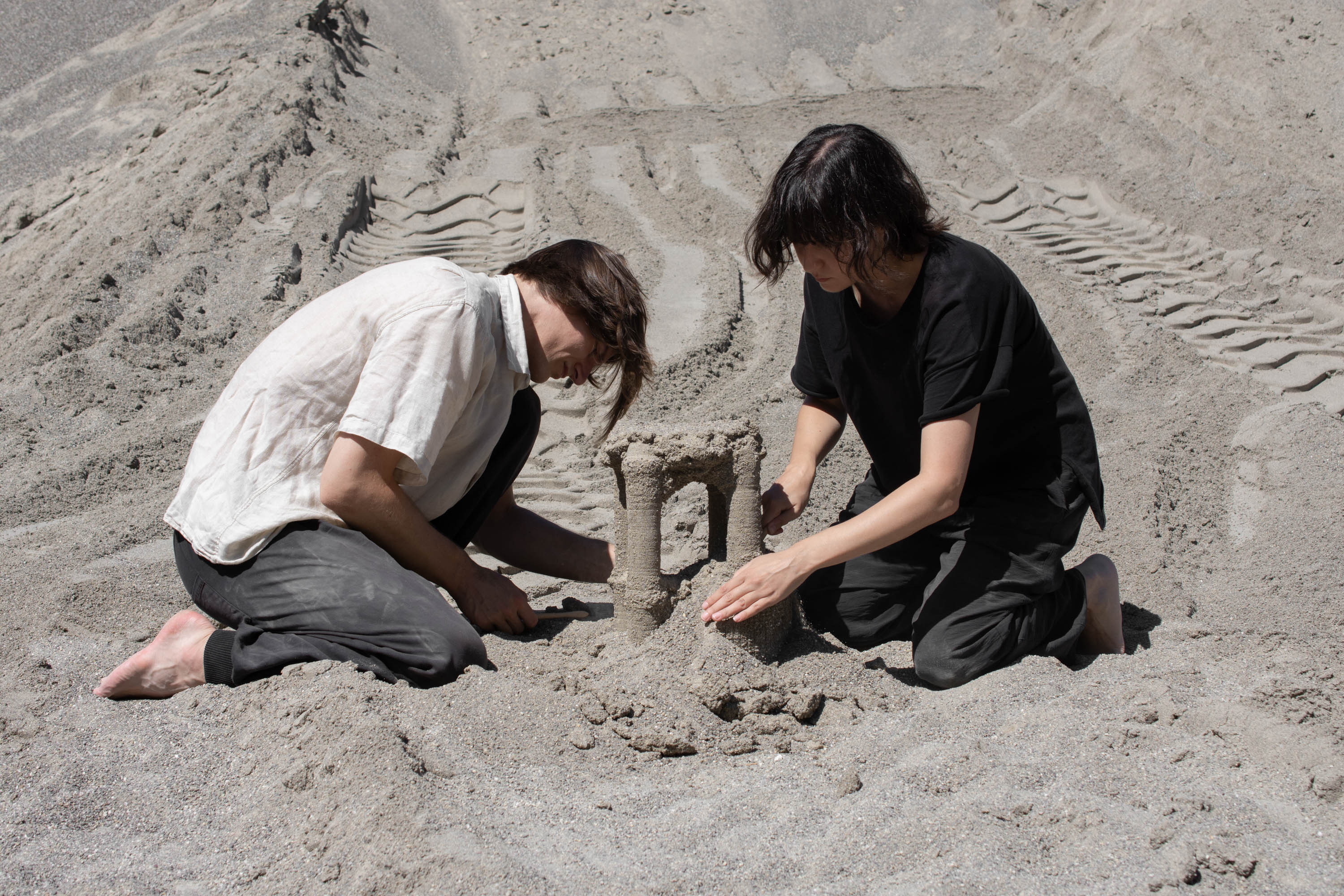


Wall tiles with various surface roughnesses. SE, 2022.
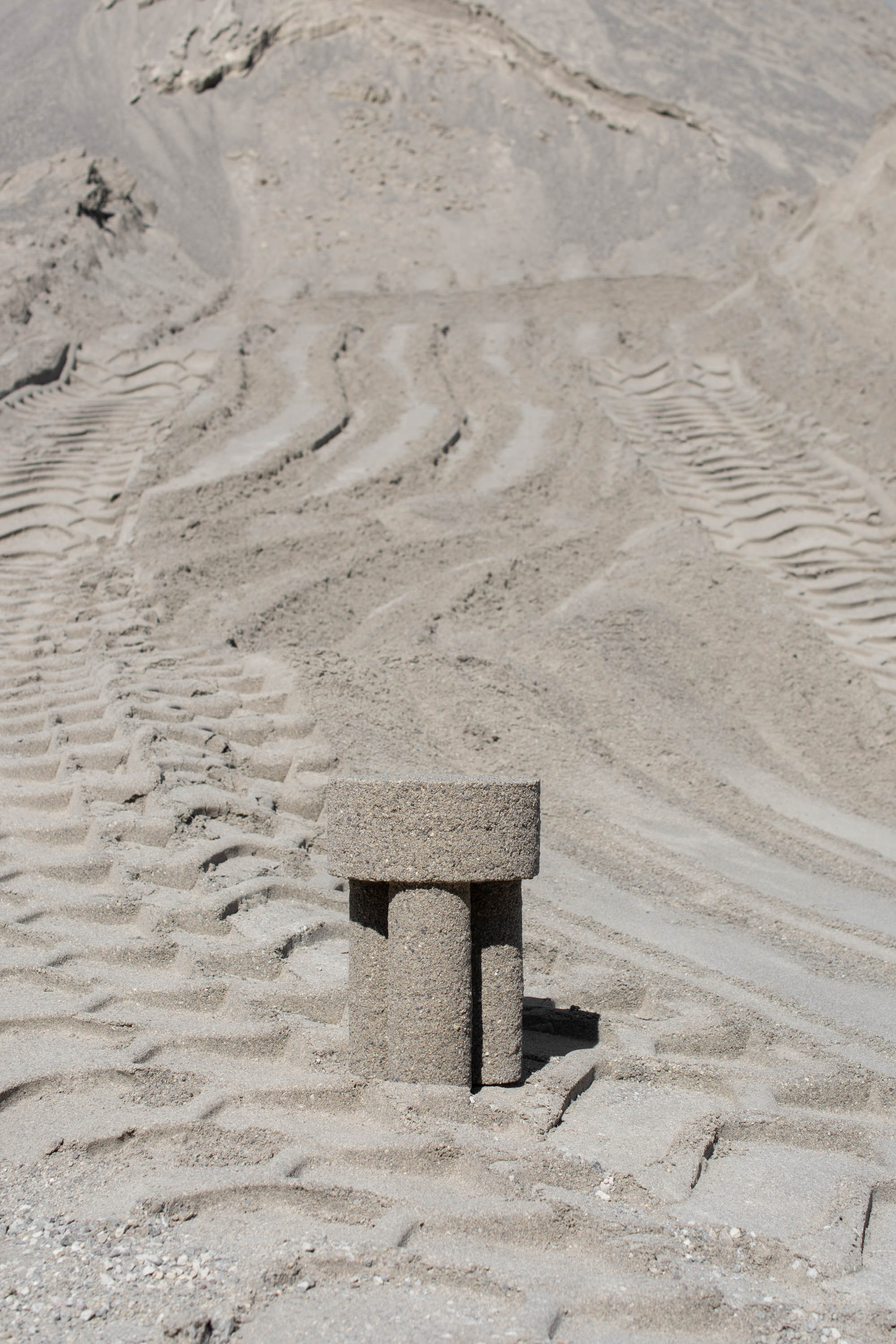 Low stool. SE, 2022.
Low stool. SE, 2022.Project info
2021 - Zürich
Sand, salt, natural binder.
Sand casted pieces are produced in Kunstgiesserei St. Gallen ︎︎︎ workshops.
Thanks to Schweizer Saline ︎︎︎ and KIBAG ︎︎︎ for their contributions.
The project is supported by ProHelvetia ︎︎︎.
References
PFIFFNER, A. (2018): Lecture Sadorna Welterbe, Geologie der Schweiz, University of Bern. ︎︎︎
Geologische Entstehungsgeschichte der Schweiz. ︎︎︎
Swisstopo (2020): Geologie tektonische Karte. ︎︎︎
LIEBERHERR, J. (2013?): Vom Tontiegel zum Pharmasalz: 10000 Jahre Salzgewinnung, Schweizer Salinen AG.
Georessourcen ETH Zürich (2013): Kies und Sand, NEROS Factsheet.
Swisstopo, et al (2017): Landesgeologie, Bericht über die Versorgung der Schweiz mit nichtenergetischen mineralischen Rohstoffen, , Schweizerische
Geotechnische Kommission.
Georessourcen ETH Zürich (2013): Kies und Sand, NEROS Factsheet. ︎︎︎
KÜNDIG, R. et al (1997): Die mineralischen Rohstoffe der Schweiz, Schweizerische Geotechnische Kommission.
FREIMOSER, M., LOCHE, T. (1984): Gedanken zur pleistozänen Landschaftsgeschichte im nördlichen Teil des Kantons Zürich aufgrund hydrogeologischer Untersuchungen, Eclogae Geologicae Helvetiae, Zürich.
Schweizer Salinen AG (2020): Salzgewinnung. ︎︎︎
Swisstopo (2020): Hydrologische Karte. ︎︎︎
Georessourcen (2020): Georessourcen ETHZ. ︎︎︎
Swisstopo (2020): Map.Geo.Admin. ︎︎︎
HINDERER, M. (2000): Late Quaternary denudation of the Alps, valley and lake fillings and modern river loads; Institute für Angewandte Geowissenschaten, Darmstadt University of Technology, Germany.
KNAUS, P., et al (2018): Swiss Breeding Bird Atlas 2013–2016. Distribution and population trends of birds in Switzerland and Liechtenstein. Swiss Ornithological Institute, Sempach.
Bundesamt für Umwelt BAFU (2008): Faktenblätter Auen.
Bundesamt für Umwelt BAFU (2005): Die Auen der Schweiz , Faltblatt.
HEBEL, D. (2014): Sand Teil 1 - eine endliche Ressource, ETH Zürich. ︎︎︎
SILVA, A., C., et al (2017): Temperature influence in cornstarch gelatinization for froth flotation, REM - International Engineering Journal.
Video: SEGUINOT, J. (2018): Advance and retreat of the Alpine glaciers during the last glacial cycle, Vimeo. ︎︎︎
SE = Studio Eidola